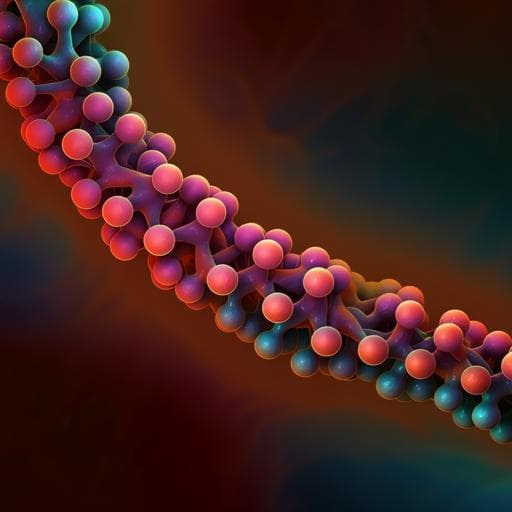
Biology
Conversion of levoglucosan into glucose by the coordination of four enzymes through oxidation, elimination, hydration, and reduction
Y. Kuritani, K. Sato, et al.
This research paper reveals the intricate metabolic pathway from levoglucosan to glucose in *Bacillus smithii* S-2701M, highlighting the role of four key enzymes in the process. Researchers Yuya Kuritani, Kohei Sato, Hideo Dohra, Seiichiro Umemura, Motomitsu Kitaoka, Shinya Fushinobu, and Nobuyuki Yoshida shed light on its significance for biofuel production and biomass utilization.
~3 min • Beginner • English
Related Publications
Explore these studies to deepen your understanding of the subject.







